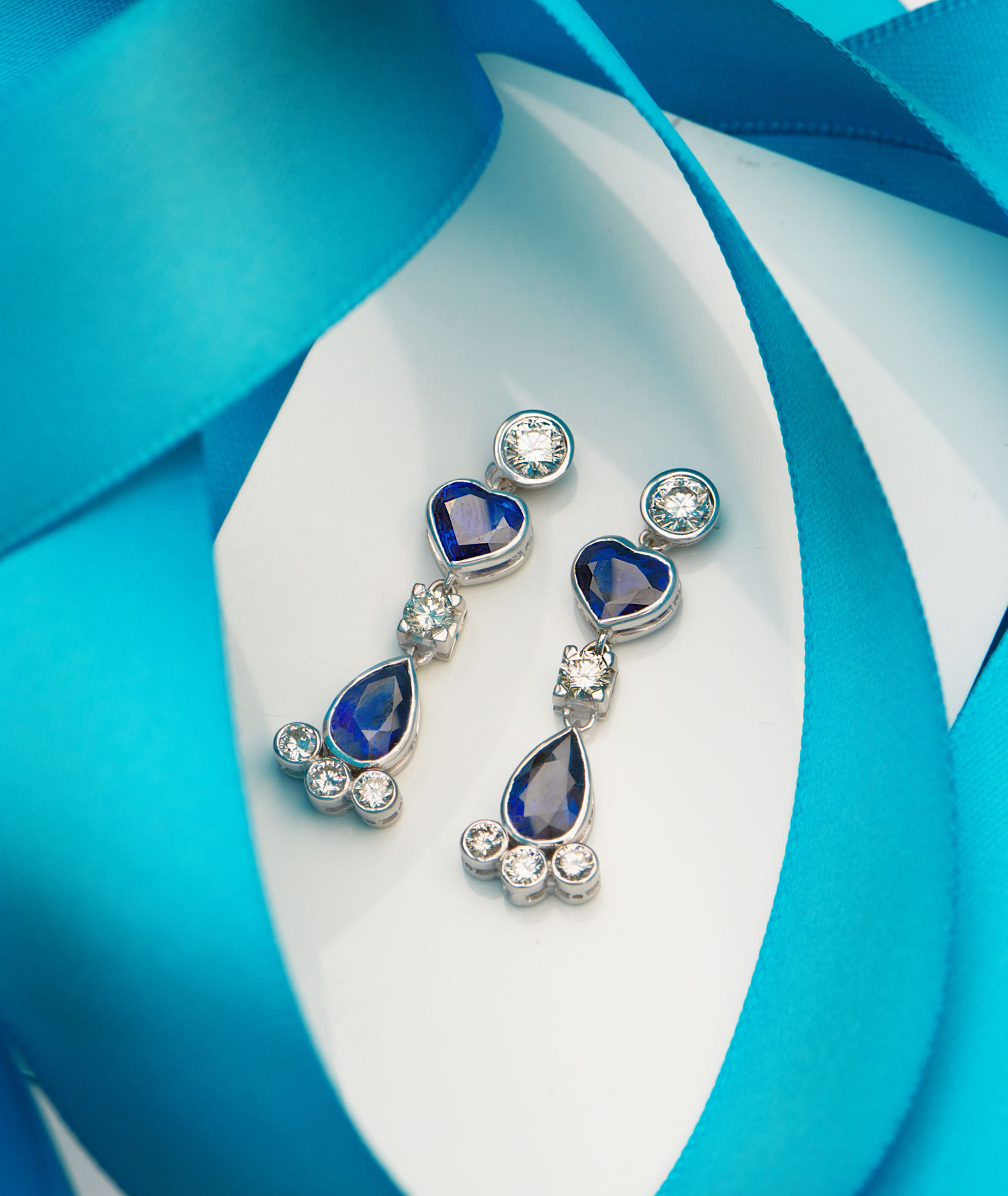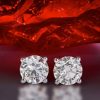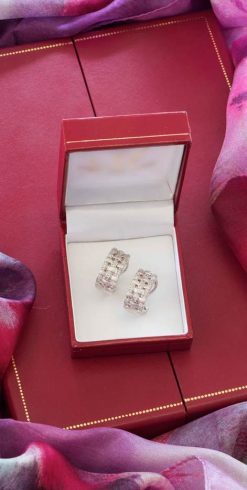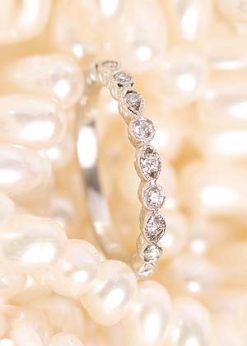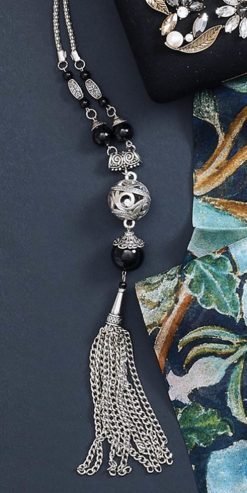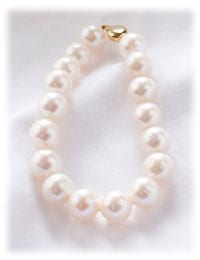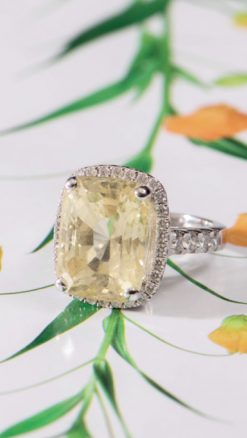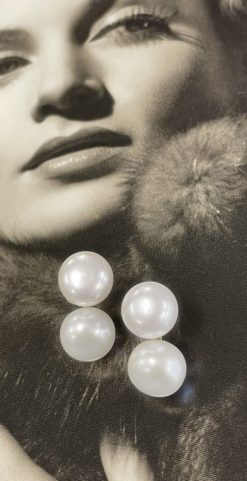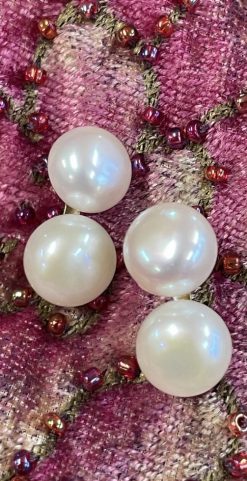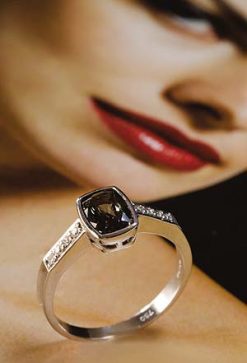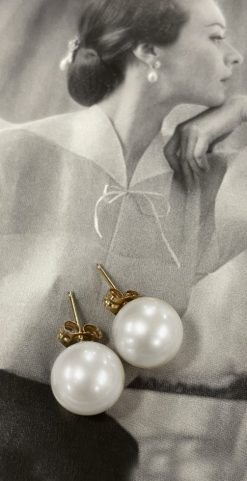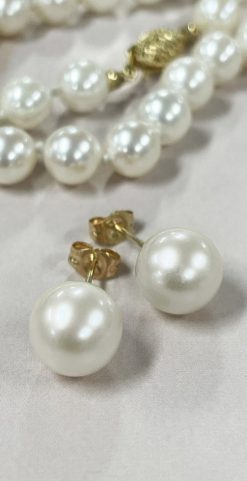Blue sapphire and diamond earrings from Hatton Garden: stunningly beautiful natural blue Ceylon sapphires and round brilliant cut natural diamonds set in 18ct white gold in a design masterpiece with a romantic heart motif
Original price was: £19,500.00.£9,750.00Current price is: £9,750.00.
An enchanting pair of sapphire, diamond and 18ct white gold earrings has just arrived from Hatton Garden. Designed and created by an international craftsman jeweller, named the Portamento Earrings, the elegant design features a series of precious gems, their focus a romantic heart motif, a heart cut natural blue Ceylon sapphire. This fabulous gem is showcased between two large round brilliant cut natural diamonds, followed by a natural pear cut blue Ceylon sapphire and, the final touch, a trio of diamonds. All are beautifully hand set in an elegant 18ct white gold setting.
Sapphires of a gorgeous blue were selected to create the exquisite earrings, set off by the sparkling white brilliance of the diamonds. The setting is beautifully articulated, so the earrings move to give the perfect dancing effect as a woman inclines her head: the hand workmanship in the settings is superb.
The natural sapphires total 6.01 carats, the natural diamonds are 1.46 carats, F/G colour and VS clarity, so they are bright, sparkling and flawless to the eye. The earrings are 3cm long.
RRP £19,500. CCUK £9,750.
These wonderful earrings carry an insurance valuation certificate at the full retail price, together with 100% moneyback guarantee.
They arrive in a smart box for presentation.
See more fabulous natural sapphire jewellery in the CountryClubuk Jewel Vaults: click here.
For more details about the sapphire gemstone, read on . . .

